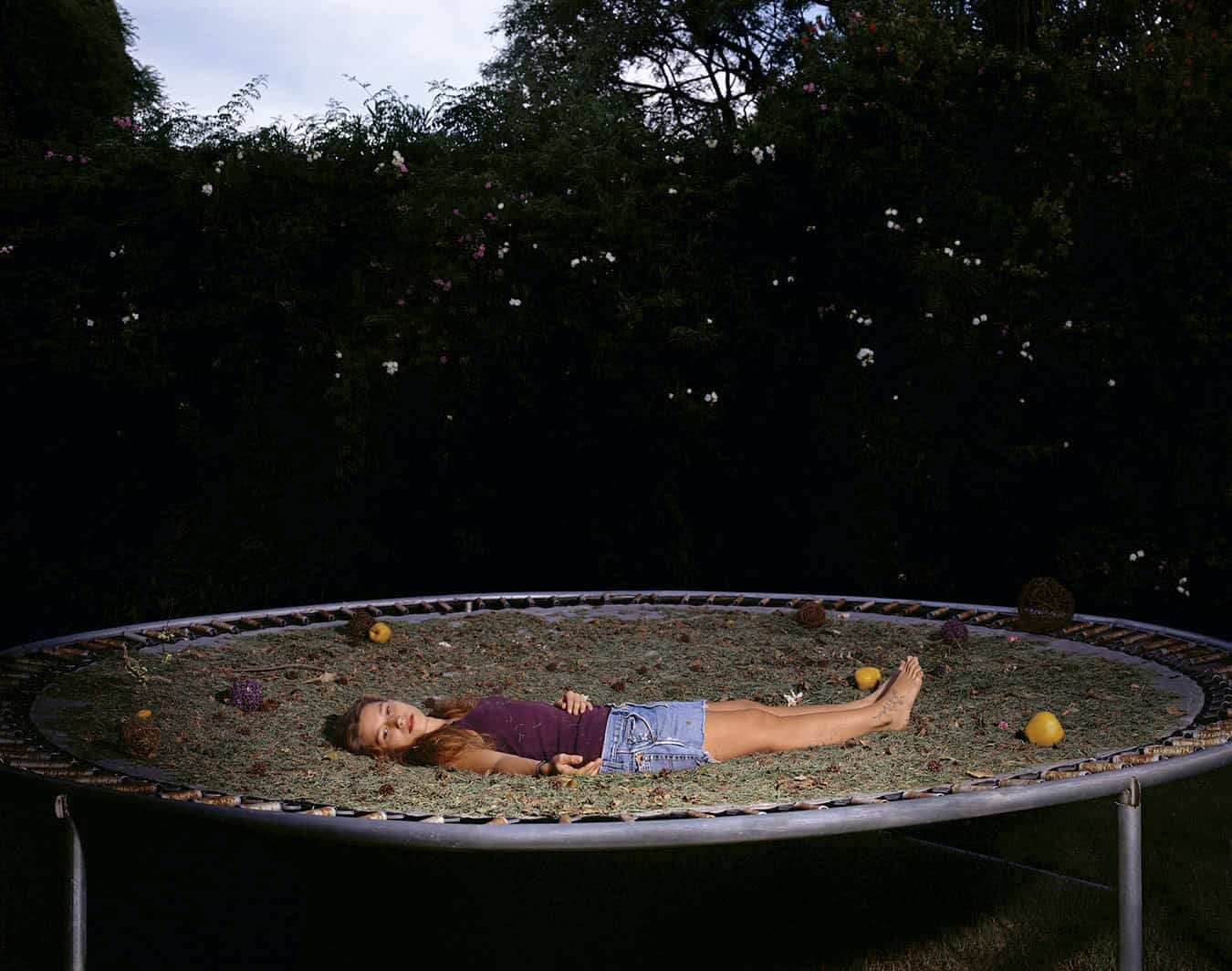Gallery Exhibition
Exhibition Dates: March 5 – May 29, 2021
Constanza Piaggio’s large format photographic prints of solitary figures and small pastoral scenes belong to the collection of work titled The Trap. Piaggio executed these works just over a decade ago. At that time (2007 – 2009), we thought we’d experienced the great tragedy of the era. Little did we know what was to come. Today, we may best remember that what lies before us remains unknown. In our state of omnipresent disconnection, Piaggio’s work meets us where we are as it stirs the undercurrent of our emerging future.
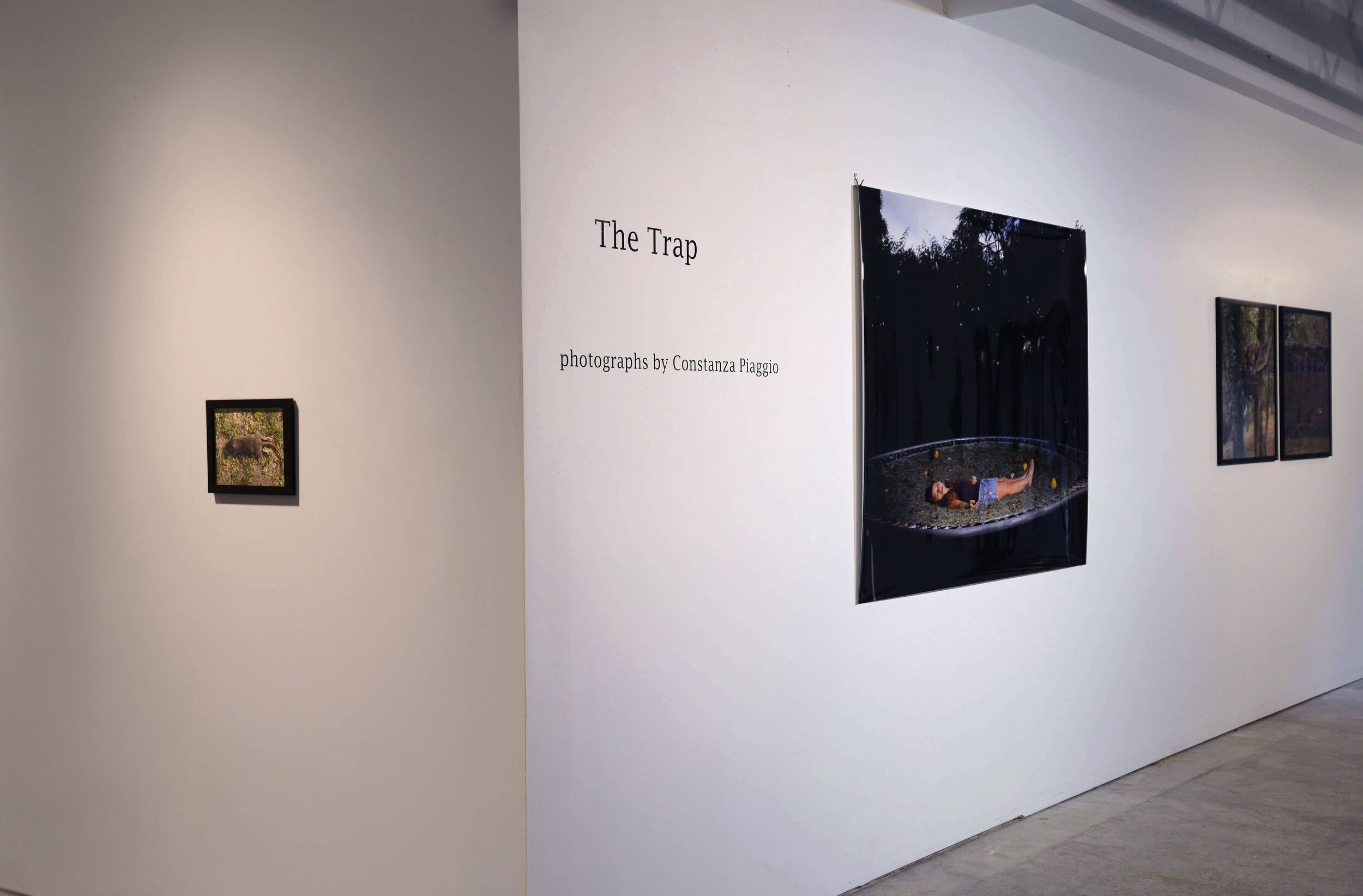
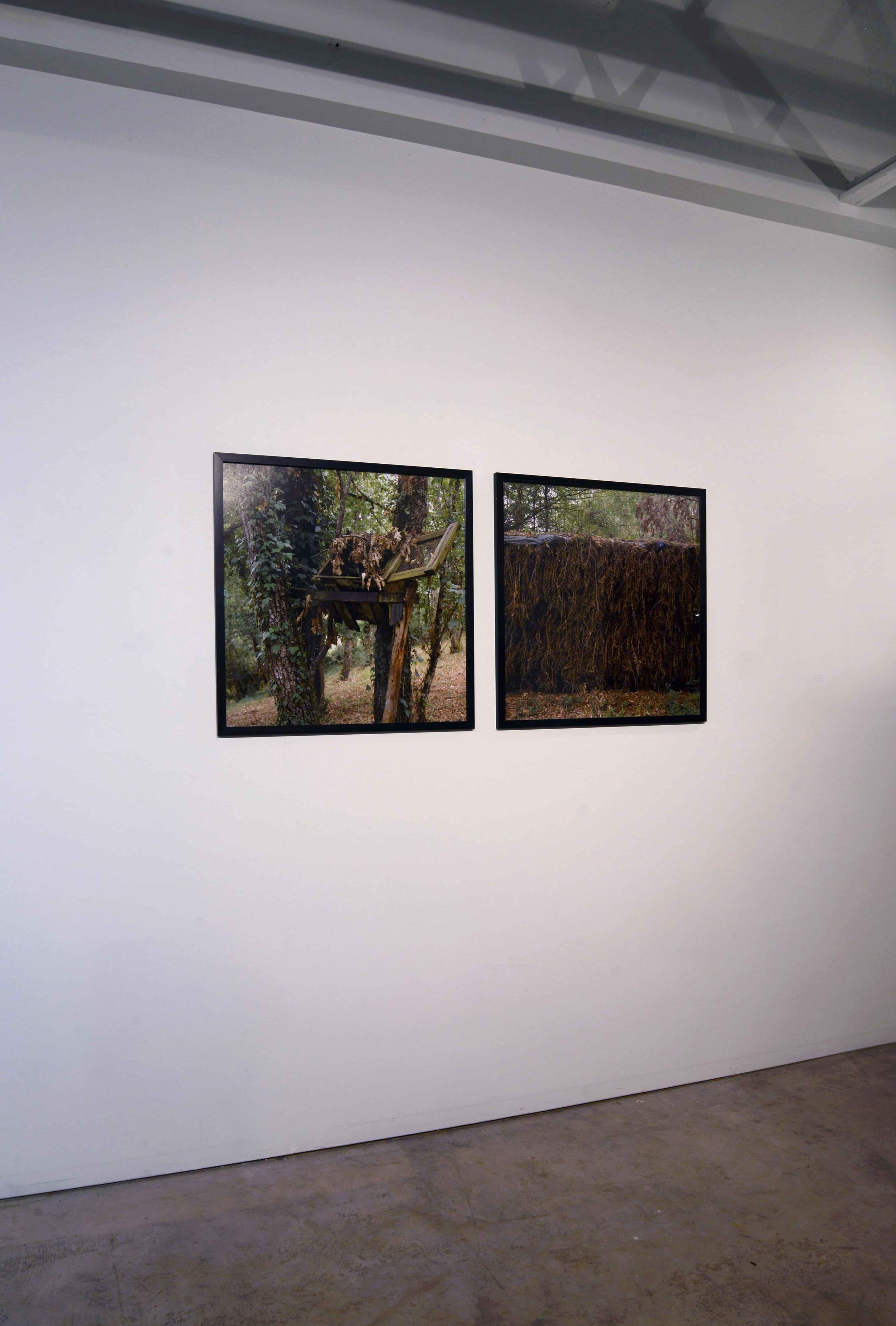
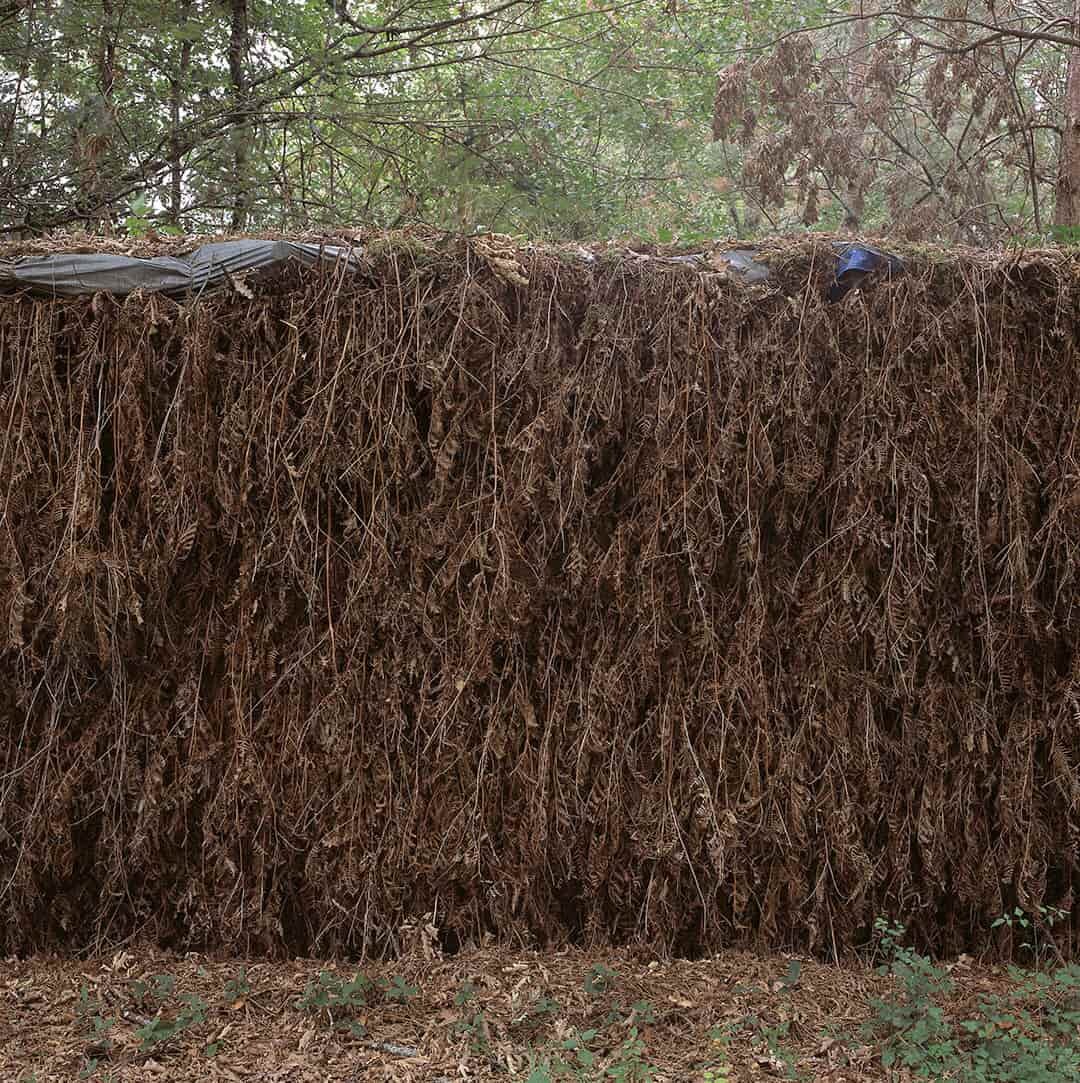
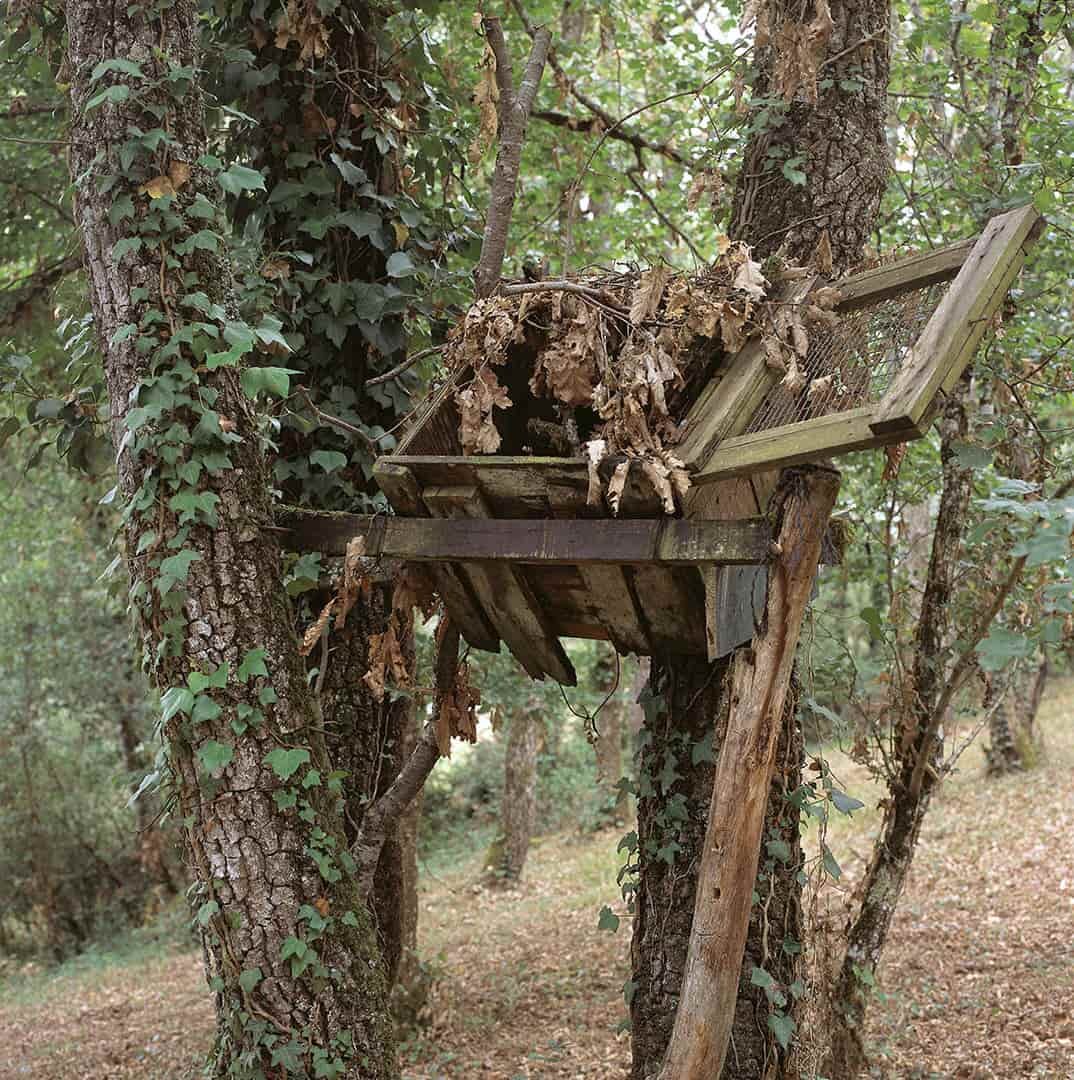

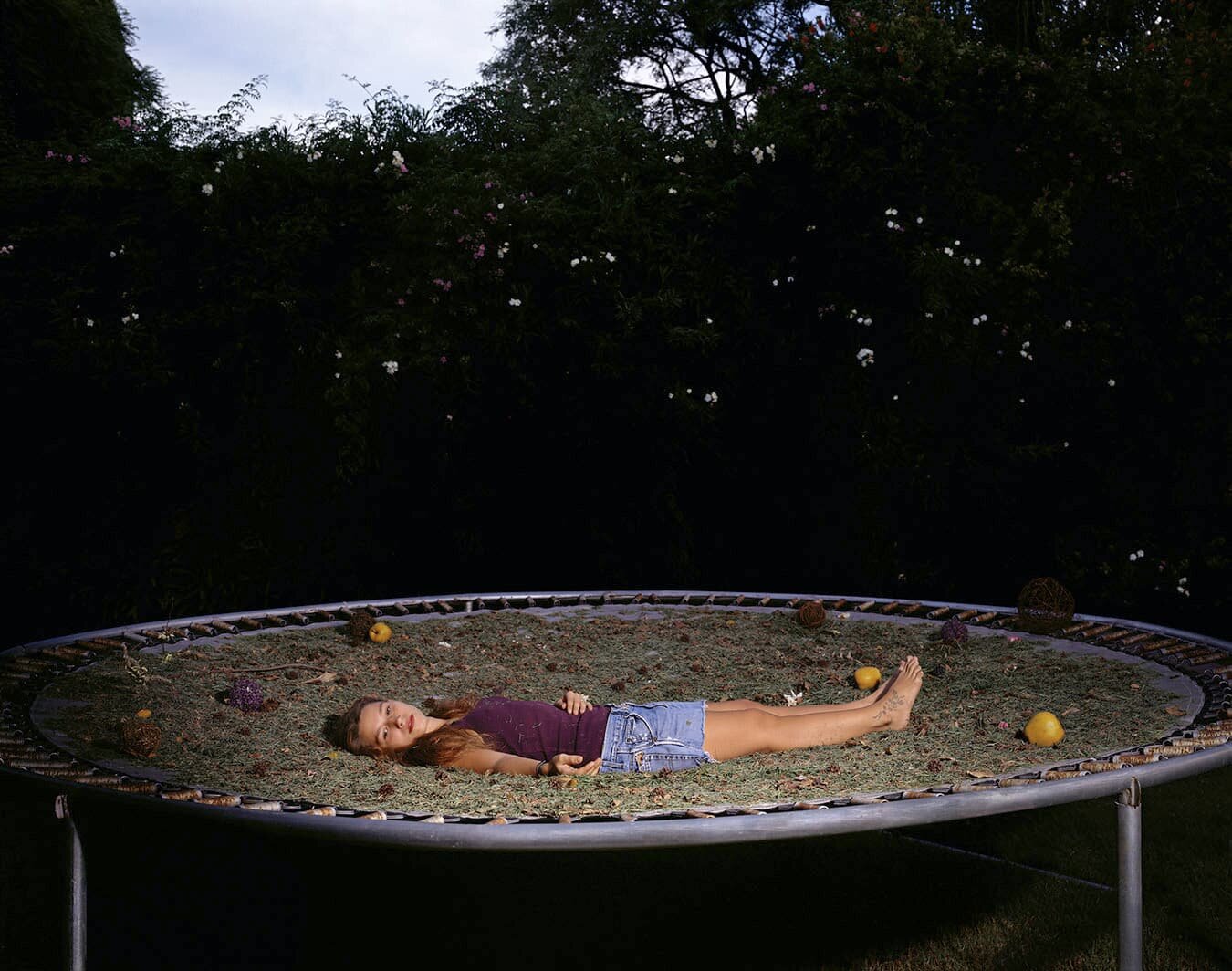
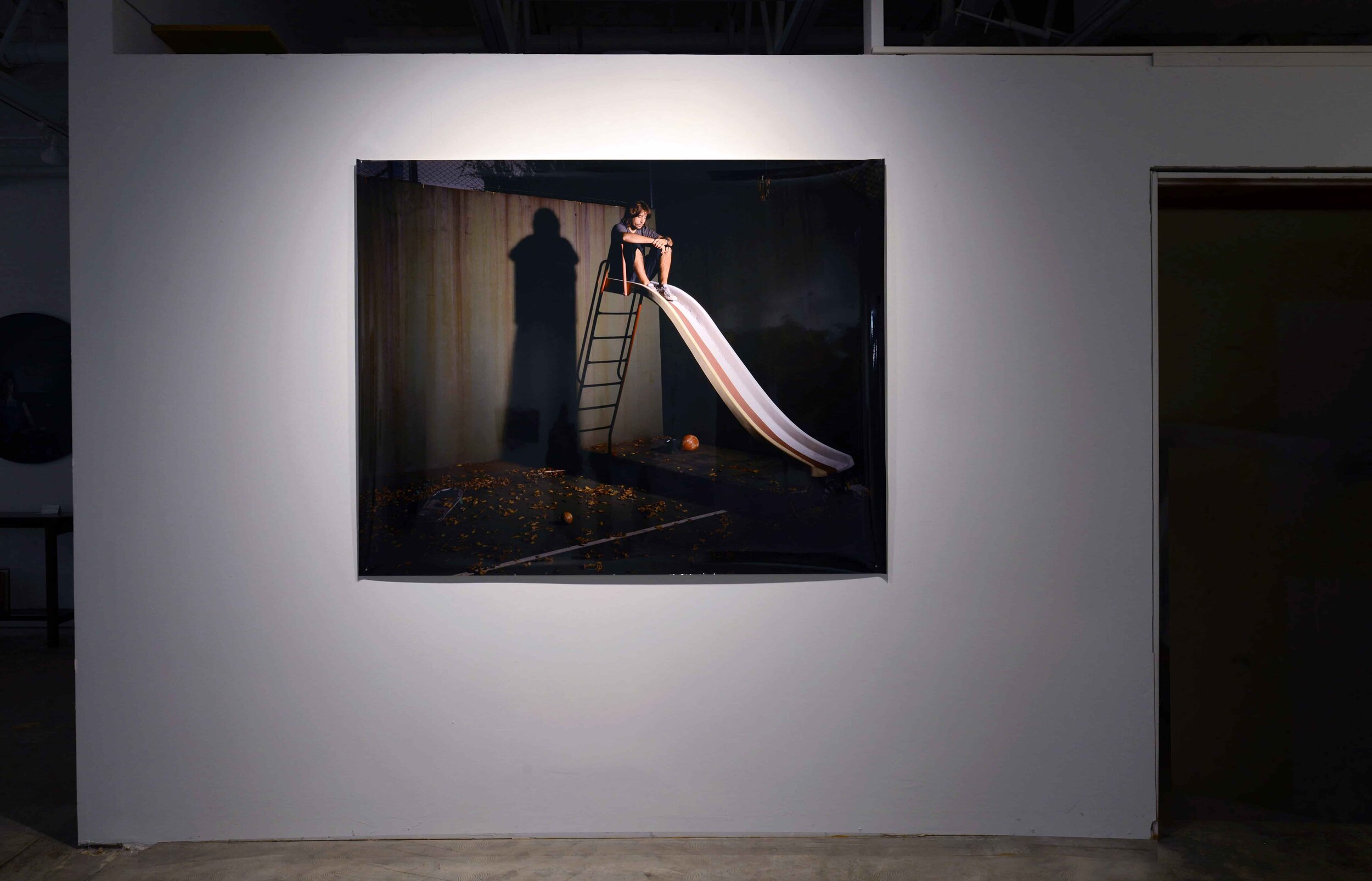
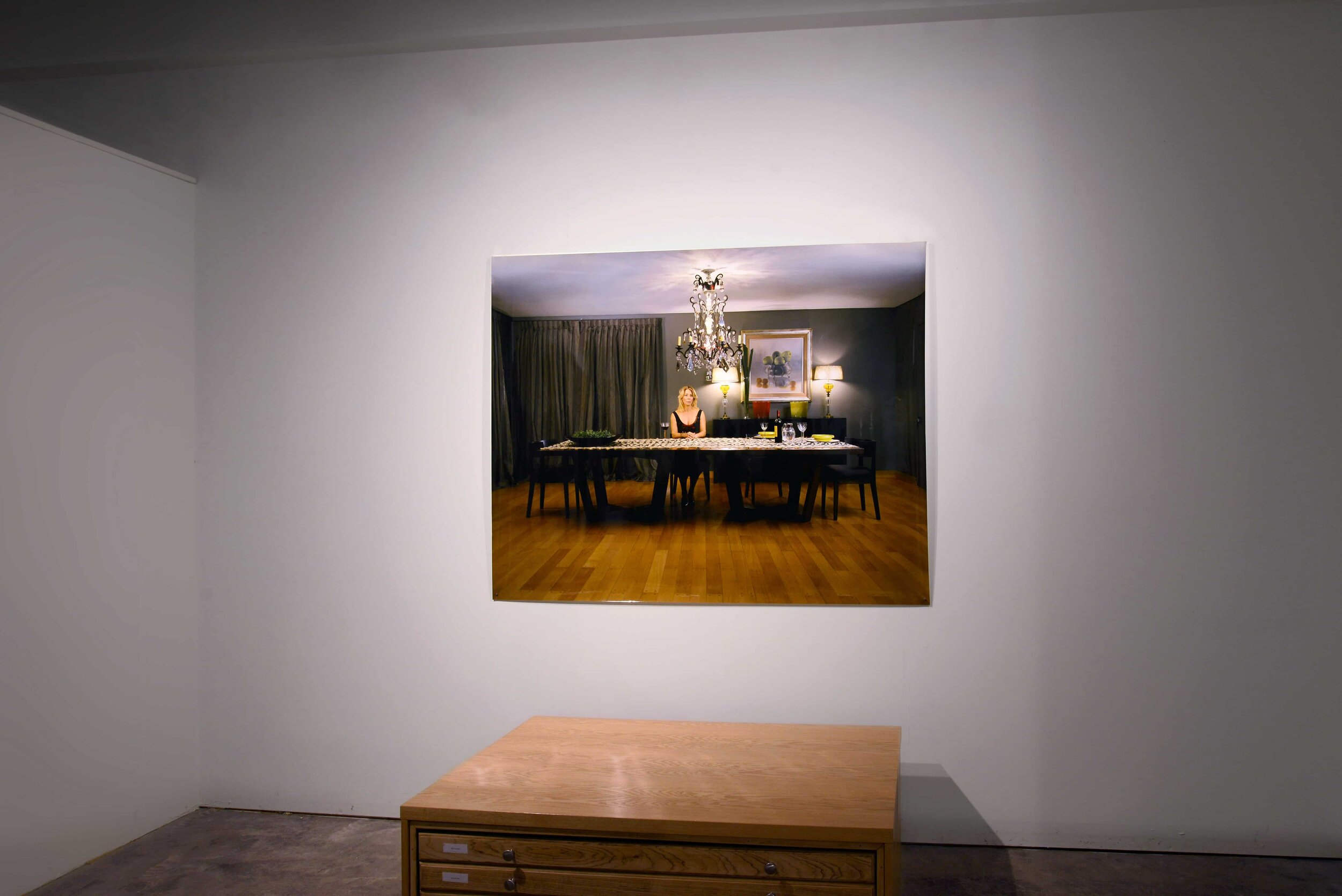
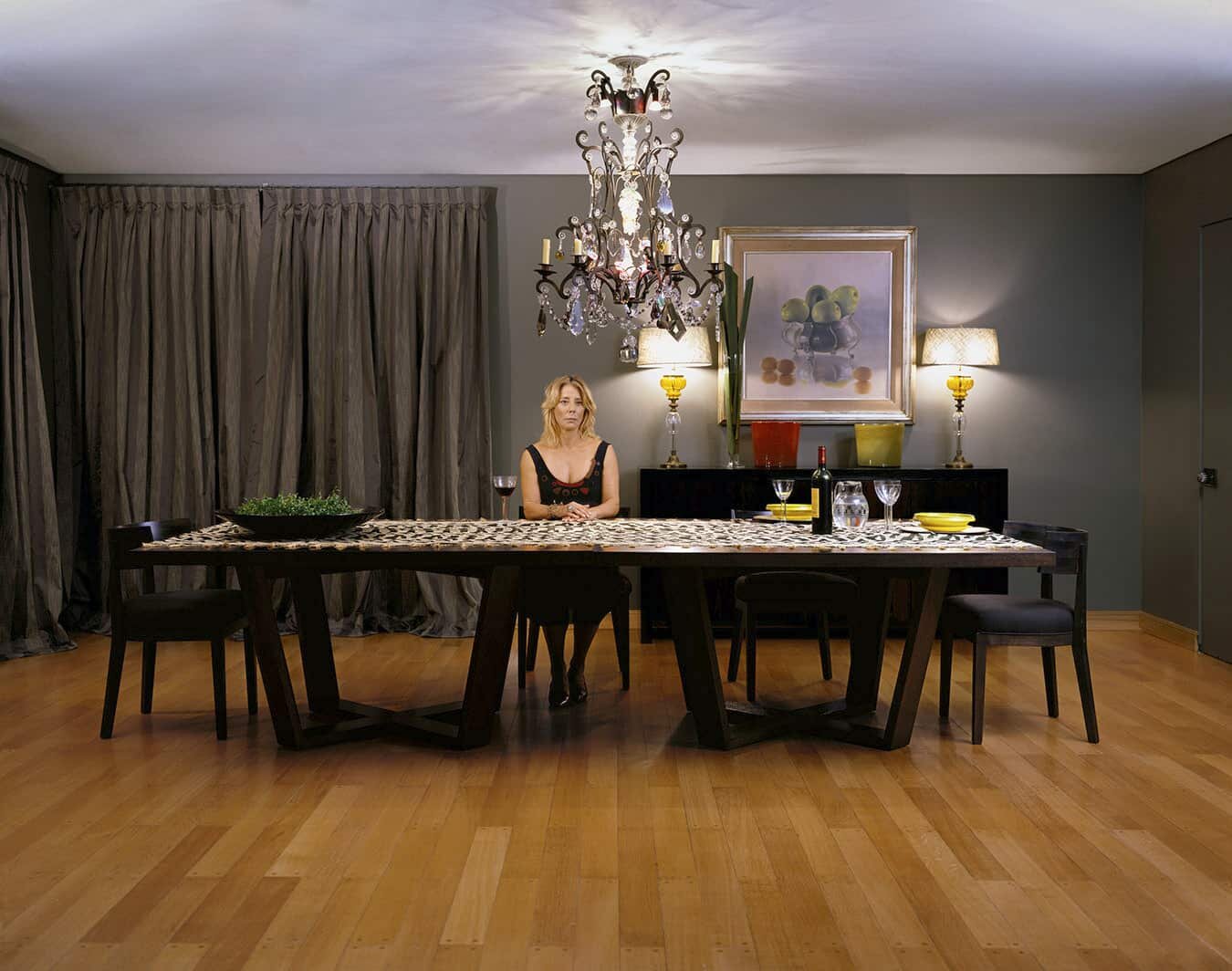


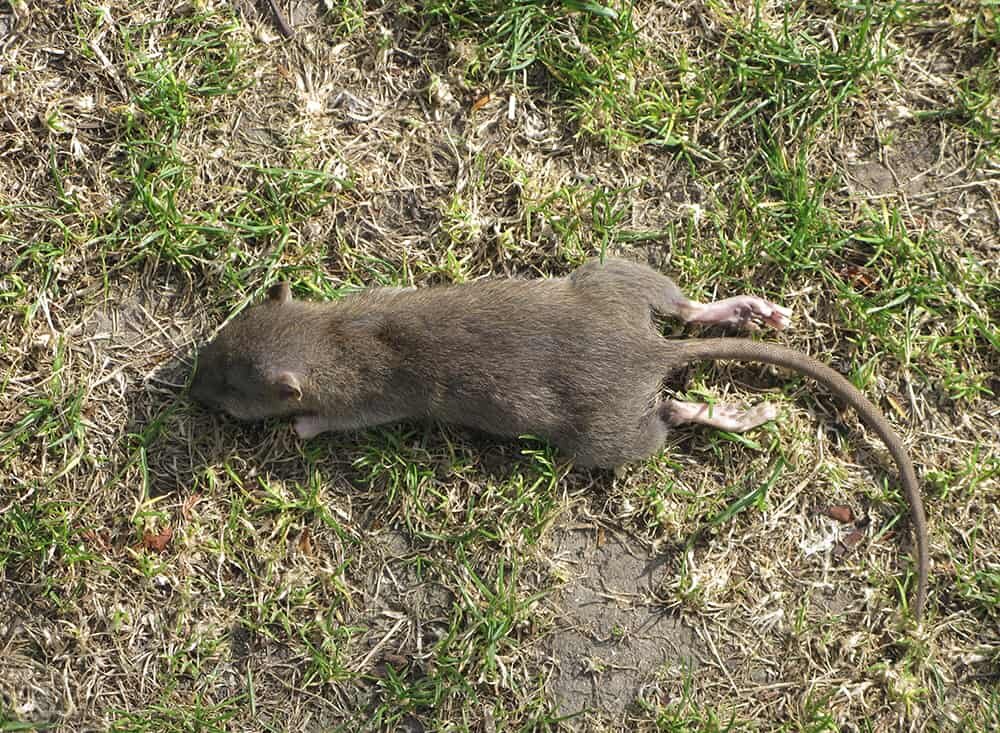
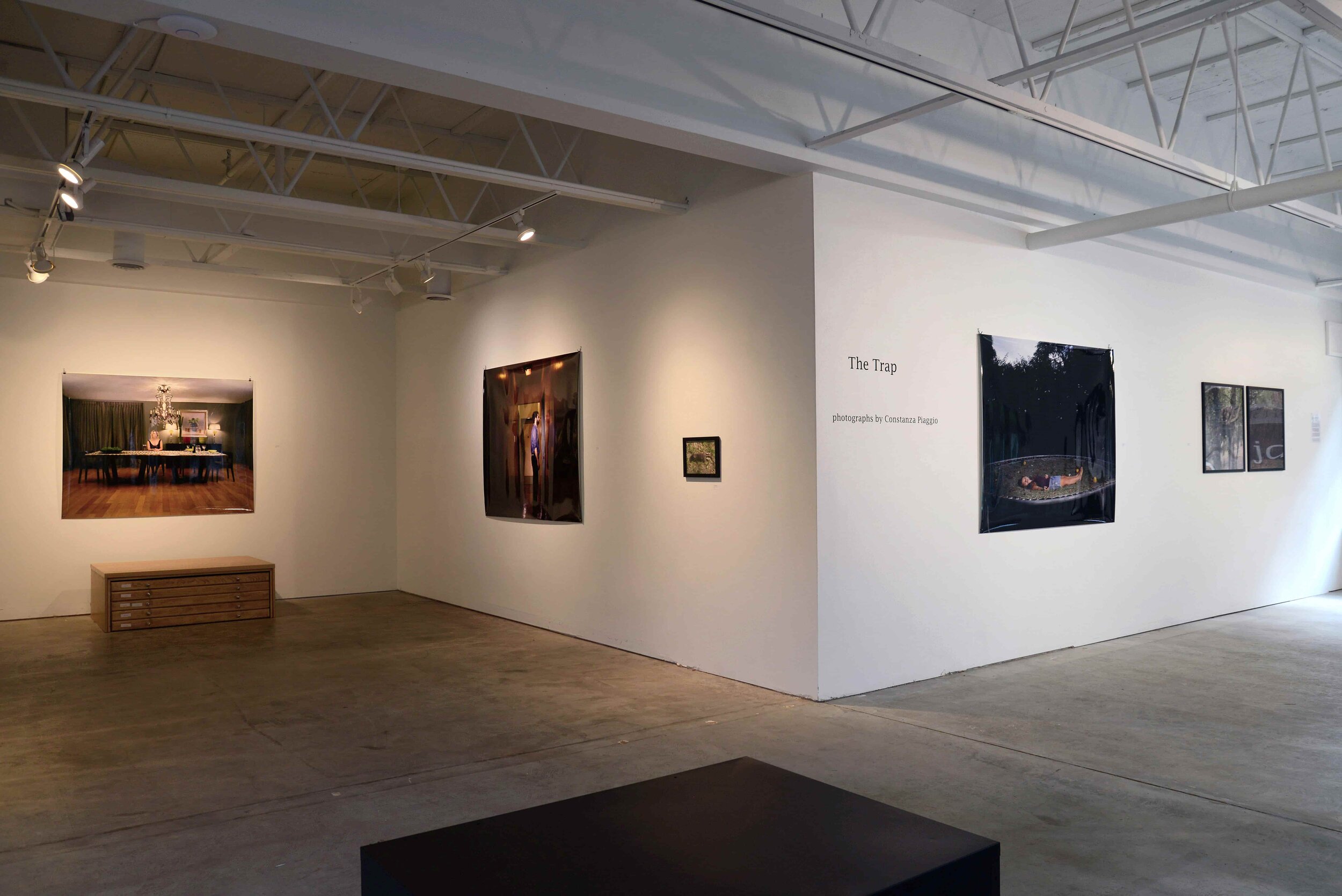
At first the works in this gallery exhibition cause us to grapple; what may unite such photographs of lonely anti-heroes with a dead rat or hunting trap, we wonder. The latter that reveals the unifier overtly. Titles suggest this is something of a case study. While the pastoral-scenes bare straight-descriptors The Trap or La Rata, the scenes with figures, though elaborate and uncanny, bare formulaic titles: a string of numbered untitled (little “u”). The choice of the lower case reinforces both anonymity and redundance.
In untitled #3: a middle-aged woman, finely dressed, sits alone in a contemporary gilded room at the far end of a long dining table set for two. In untitled #4: a young man, whose reflection is cast in the wall of the long, dimly lit midcentury hallway, pauses before the threshold of an apartment door. He is soaked to the bone with a puddle at his feet. untitled #5: a late adolescent male is seated atop what we presume is his childhood slide of his tightly-fenced back yard ball-court, strewn with dry fallen leaves, a deflated ball, a croquet mallet and ball, a skateboard, and a garden gnome. The long shadow cast by his form and the slide feels ominous. It resembles a dark figure, a portal, or even a keyhole large enough to fall through. In untitled #6: a girl, who based on her ankle tattoo must be older than she seems, lays on a trampoline turned nest, filled by grass, leaves, and a few yellow apples. She seems to float on a bed of fall’s harvest. Her arm is outstretched, and her gaze nearly rises to meet ours as the dusk turns to darkness.
Circumstance gives context to our eye (as always), and Piaggio’s photographic series The Trap gains gravity. (The contemporary artist also works in video, installation, and other new media). While these open-ended-narratives once spoke with a sly criticality of bourgeoise malaise unsubdued by distractions- societal traps (of dinner-parties, fancy toys, or the time-honored tradition of the rich hunting small animals for ‘sport’), today ring more true. They still speak to discontent, loneliness, and introversion, but now do so in a moment simplified by the acknowledgement in us all that things don’t create happiness, people do. In either case, let us say that these are the sort of moments we don’t post on our social-feeds. These are sentiments unmasked. So, what of that? What may be gleaned from such imagery or emotion. In a 2009 essay Viviana Usubiaga, Professor of philosophy at the University of Buenos Aires, wrote of the work:
In the immense multiplicity of images with which we are confronted daily there are represented, almost exclusively, two extreme opposites: success, understood as richness and opulence, and failure, a tragedy culminating in misery. Both models are perceived as separate spheres, unrelated, unconnected, as if one world and the other could not be conceived as a cause and effect. At what cost are we forced to think or choose one in which we prefer to exist and perceive?
We now have a whole new understanding of the danger in living in a world of “alternative facts” and “differing realities,” yet are forced to realize we construct our own daily through personal projections. The gap between fantasy and reality underscored by the pandemic increases tension that was always there. Many struggle to feel anchored and are alienated from preferred indulgences, yet to host these sentiments above grief, fear, or uncertainty is to be lucky. We have lost more than 2 million worldwide and 400,000 in the USA to Covid 19. As we write the subtext of the discontented characters in this gallery exhibition (or our own personal narratives) anew, we discover a glimmer of courage in the invitation of action. In recognizing our own traps, we can yet evade them. Piaggio’s photographs nudge impetus in their unraveling of “idealism” and offer an escape- a remembrance for gratitude and hope for a rebirth of humanitarianism via our own individual gestures and actions.
About the Artist: Argentinean-born, Parisian-based Constanza Piaggio studied at the School of Creative Photography (EFC) and at the Sindicato de la Industria Cinematografica Argentina (SICA). Piaggio has exhibited internationally in Argentina, Columbia, Brazil, the United States, Mexico, France, Switzerland, and Spain. She has received important awards, including the Premio Argentino de Artes Visuales; Fundación OSDE; and Rojas/ Buenos Aires University in 2005; and the Fundación Telefónica fellowship in 2006. She was Artist-in-Residence at Appelboom La Pommerie in France in 2009 and at Gyeonggi Creation Center in South Korea in 2011. This is her second solo show at jdc Fine Art.

